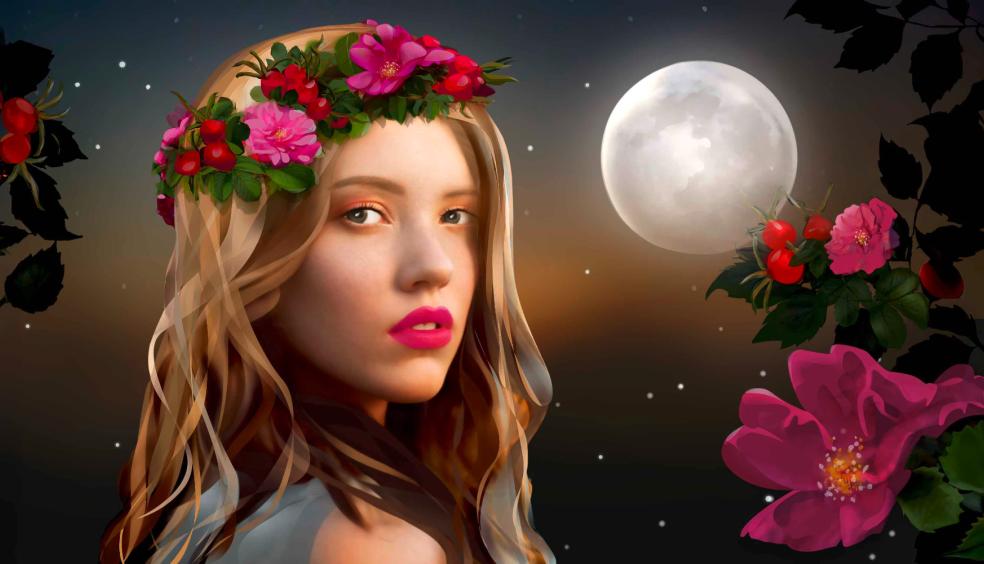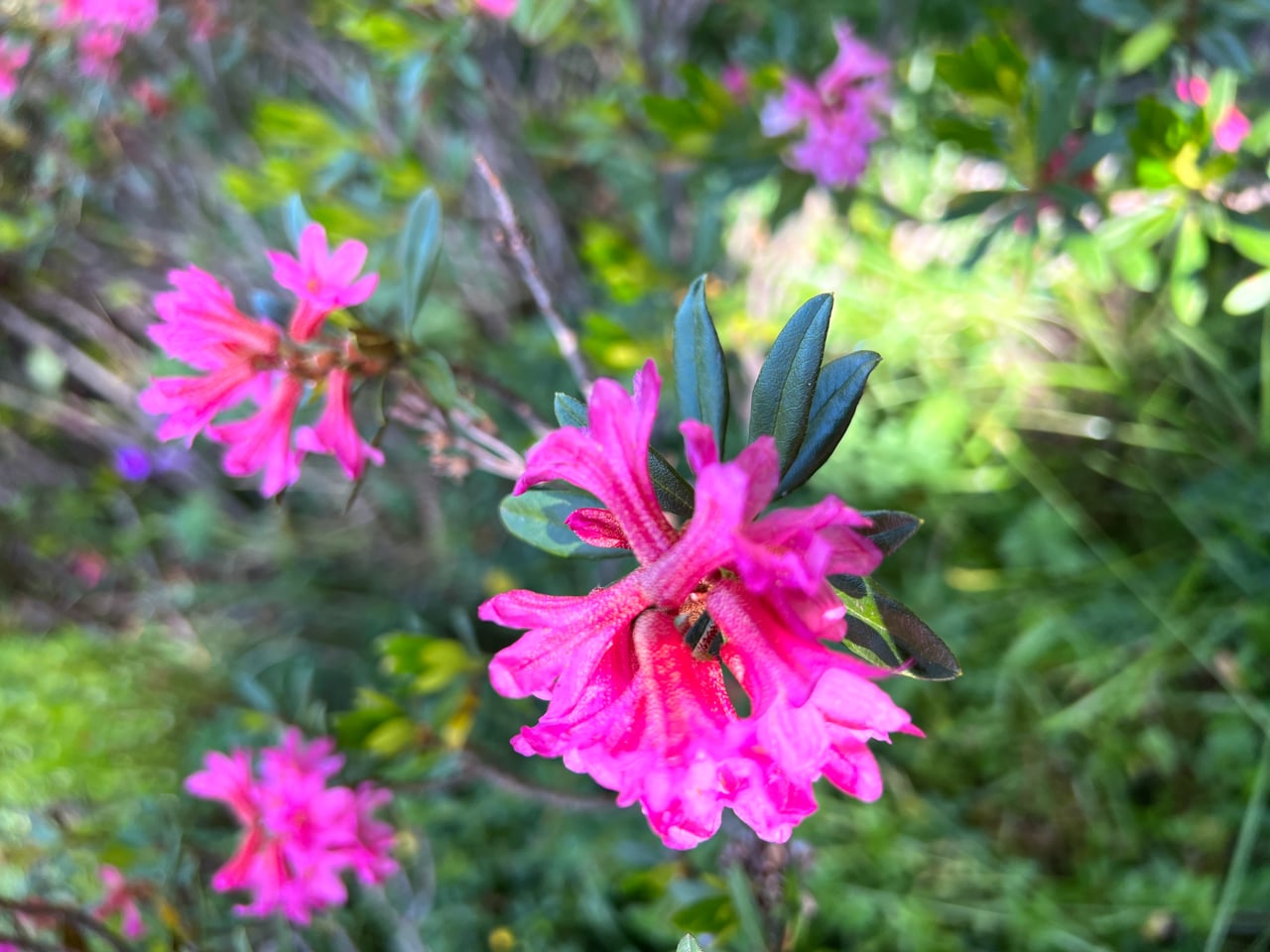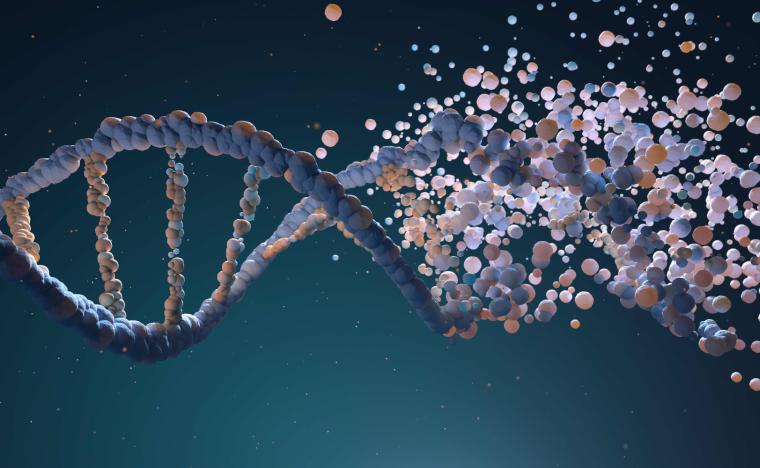Sourcing of LunaRose™
LunaRose™ is a water-based extract of dried rose hips of a special variety of organic Rosa rugosa hybrids grown in Finland.
The rose hips for LunaRose™ are grown on a family-owned farm in Vampula, Western Finland. The couple Tuuli and Matti run the farm which has been in the family for generations. In the fields in Vampula, there are 20 km of organic roses. The company makes handmade organic rose products in the unique conditions of Northern Europe.
The company‘s own rose variety, Rosa Rugosa (variation Kotaja) has been specially bred for the Finnish environment for growth, where the world’s cleanest air and water, the light, and cool growing conditions produce a balanced taste experience.
The Latin word “rugosa” means “wrinkled” and refers to the wrinkled leaves of these plants. As they often grow at the seaside directly next to the beach, roses of this species are also called beach roses. Due to this habitat, they are extremely tolerant of seaside salt spray and storms.

The roses carry sweetly scented flowers and edible fruits, also called rose hips. The hips of Rosa rugosa are large with a diameter of 2-3 cm. Due to their size, these hips resemble cherry tomatoes and are also sometimes called beach or sea tomatoes. They can be eaten and are used to produce jams or teas. Like rose hips from other species, they are known to have antioxidant, anti-inflammatory and immune-boosting potential and are therefore used to treat various health problems.
The company‘s own drying equipment allows the fruits to be dried fresh, straight from the field. This guarantees a unique quality as the fruits do not have time to oxidise (turn brown) before the air drying process.
In breeding, it is important to utilize Nordic growth conditions and take environmental values into account. Irrigation water from the home river, 24-hour summer sunlight and organic farming have all contributed to the basis for a healthy and tasty rose product.
- Cultivation and processing binds more carbon than it produces
- No chemicals are used in cultivation
- 3-4 million blooming flowers during the growing season create favorable conditions for honey bees and bumblebees
- Rose cultivation utilizes the soil’s own phosphorus and nitrogen resources, so emissions are reduced










